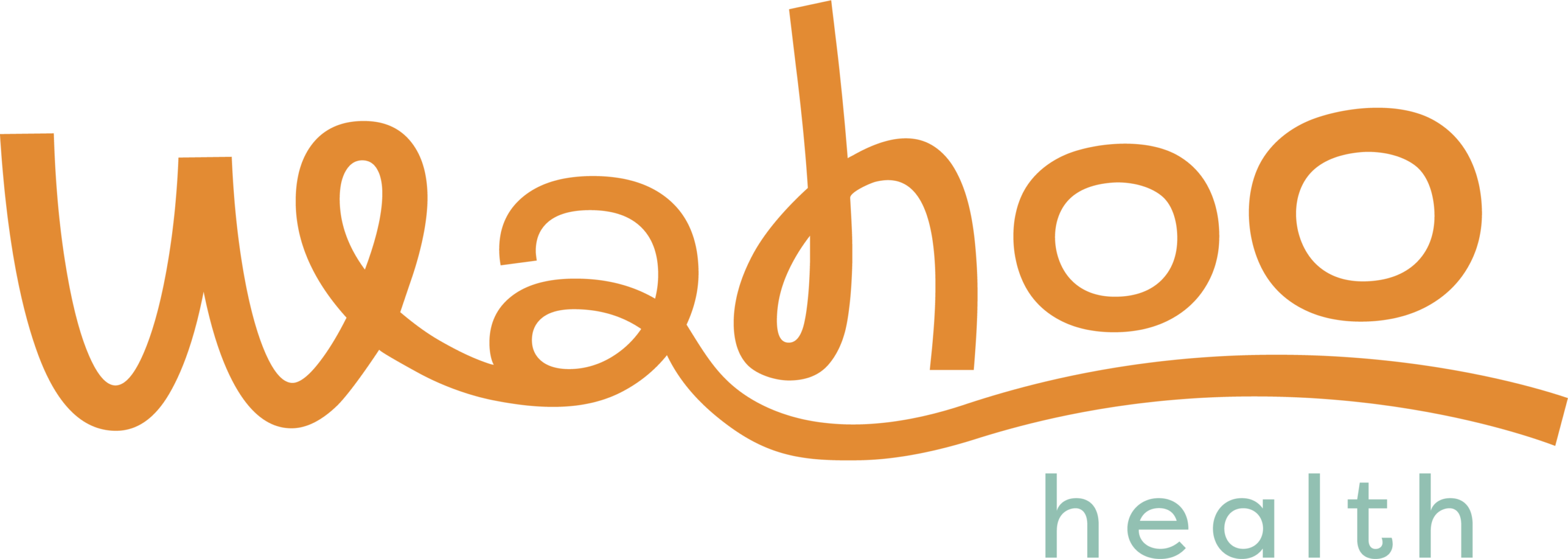
Health insurance can be intimidating, especially if you’re worried about an injury or illness. That’s why we want to make sure you’re familiar with some of the most common terms used in the industry. The more you know about your group insurance, the more you’ll feel empowered to take control of your health and finances.
Here are 10 group health insurance terms you should know.
1. Premium
The premium is how much you and/or your employer pay each month for group health insurance. You’ll need to pay for your premium every month, regardless of whether or not you recently used your benefits.
2. Deductible
The deductible is how much you’ll have to pay out of pocket before you start paying coinsurance. For example, an individual may have a deductible of $1,000 while a family may have a deductible of $2,000 when two or more members are covered under the policy.
Be sure to check your policy to see what does and doesn’t count toward your deductible. For example, some policies don’t count copayments toward the deductible.
3. Copayments
A copayment (also called a copay) is a flat fee that you pay at the time of service. Depending on your plan, you may have copayments for trips to the doctor’s office, urgent care center, or emergency room. You may also have copays for seeing a specialist in your network.
4. Coinsurance
The coinsurance is the percentage of the medical bill you pay after you meet your deductible. Your insurance company pays the remaining balance.
For example, you may have a coinsurance of 20% for covered in-network services. This means that if you were charged $1,000 for covered services, your insurance would pay $800 and you would need to pay the remaining $200.
Your coinsurance may be different for in-network versus out-of-network care. For example, your coinsurance may increase to 40% for out-of-network care if you have a PPO plan. An HMO plan won’t cover anything that happens out of network.
You may also be responsible for paying the full cost if a service isn’t covered under your plan. Always check your insurance policy before agreeing to non-essential treatment.
5. Annual Out-of-Pocket Maximum
Once you reach the annual out-of-pocket maximum, your insurance will pay for 100% of in-network covered services for the rest of the calendar year.
While most people don’t reach their out-of-pocket maximum, it protects you in the event that something catastrophic happens. An out-of-pocket maximum will also help your family if one or more members has a chronic health condition.
Depending on your policy, your out-of-pocket maximum includes your deductible, copays, and coinsurance amounts.
6. Provider Network
Choosing an in-network provider will help you save money, regardless of whether you have a PPO or an HMO. We recommend going to your insurer’s website to search for an in-network provider. That way, you can be sure that your services will be covered under your plan.
A lot of providers may say that they accept your insurance. But this is NOT the same as being an in-network provider. All this means is that they’ll submit a claim to your insurance company on your behalf.
We recommend that you register online with your insurance carrier so you always have access to the information you need.
7. Health Maintenance Organization (HMO)
Under an HMO plan, you’ll need your primary care provider to refer you to an in-network specialist. You’ll also need to choose in-network providers or your insurance won’t cover any of the cost.
One of the benefits of an HMO plan is that they tend to be less expensive than PPO plans. The tradeoff is that you may have less freedom to choose your healthcare providers.
8. Preferred Provider Organization (PPO)
Under a PPO plan, you don’t need a referral to see a specialist. This means that you can choose the specialist you want. But you’ll save more money if you choose an in-network provider.
Unlike an HMO, a PPO will still cover some of the cost for out-of-network care. But it’ll be significantly less than what would have been covered if you had chosen a provider in your network.
9. Health Savings Account (HSA)
A health savings account lets you use pre-tax dollars toward qualified medical expenses, such as deductibles, coinsurance, and copayments. In general, employees won’t be eligible for a health savings account unless they’re enrolled in a High Deductible Health Plan (HDHP).
10. Open Enrollment Period
The open enrollment period is when you’re able to either sign up for health insurance or change your plan. You may also use this period to disenroll from group health insurance. Unless you experience what counts as a “qualifying event” you won’t be able to enroll again until the next open enrollment period.
Discover More With MI E-Benefits
Wahoo Health is a group health insurance broker that also offers individual coverage. As such, we understand that insurance can be difficult to understand if you’re not in the industry. That’s why we’ve created an online portal for your employees to learn more about their insurance benefits.
To start shopping for group insurance quotes, please call Wahoo Health at 855-HI-WAHOO. You may also fill out our online contact form and someone from our team will reach out to you soon.


